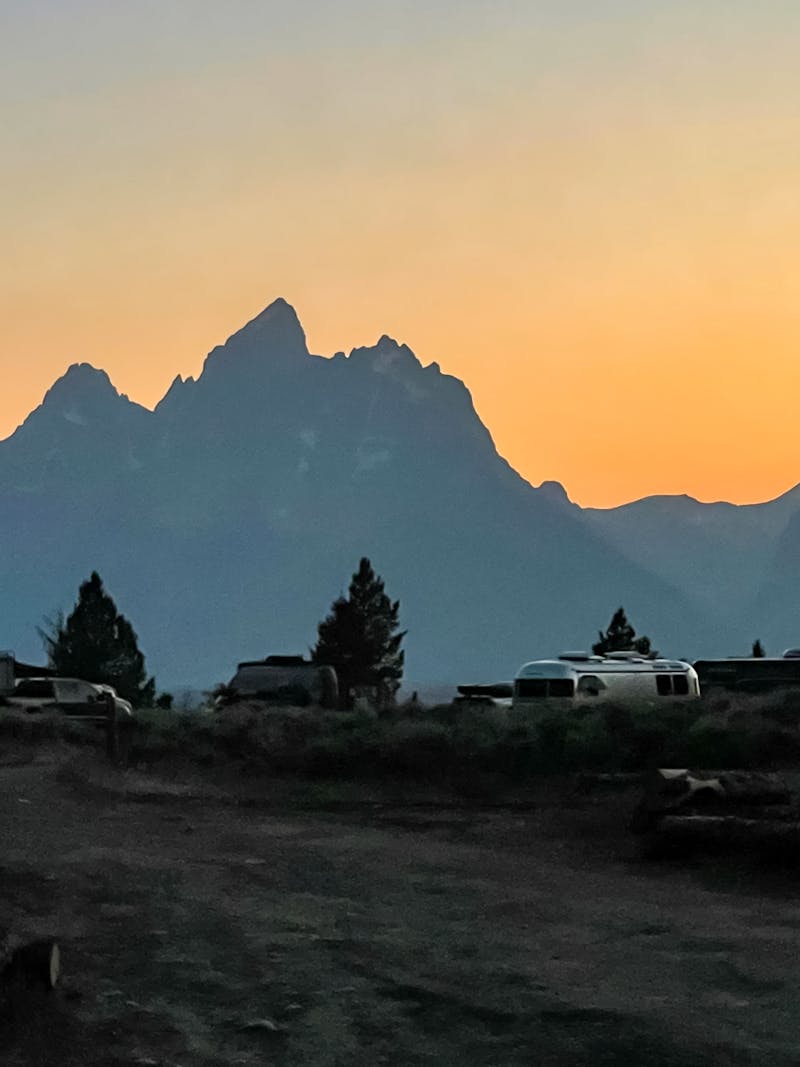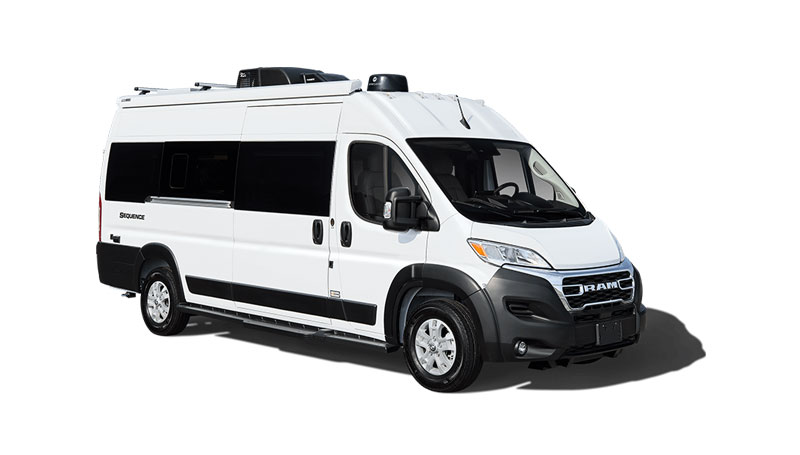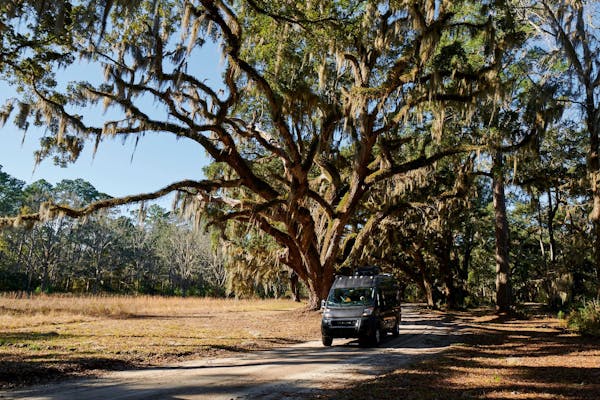Gabe and Rocio are two digital nomads who have spent the last four years traveling full-time. Following the aftermath of Hurricane Maria in Puerto Rico, they sold everything they owned, moved stateside, and began their RV lifestyle. They are currently traversing the lower 48 states with their dogs, Wilson and Journey, in search of all the beauty the U.S. has to offer.
Featured RV: 2021 Thor Motor Coach Sequence 20L











